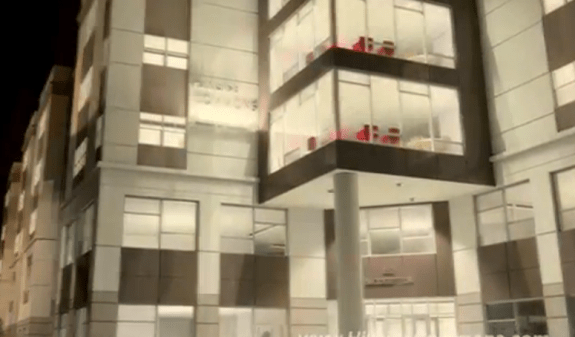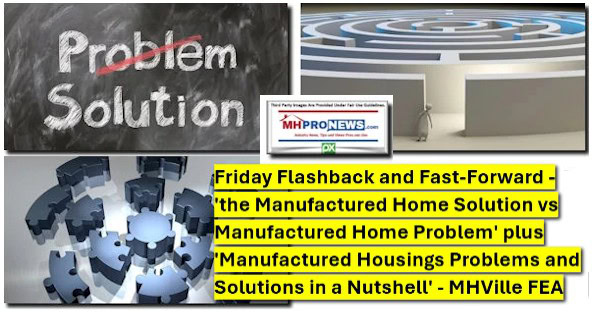
Elisabeth Hamin, department head for landscape architecture and regional planning at the University of Massachusetts at Amherst, says it “will be an important innovation that spreads to many urban markets with high real estate values.” Small apartment units, some as small as 250 square feet, are stacked like Legos, as MHProNews reported Jan. 22, 2013. Often a percentage of them are set as affordable housing for low-to-moderate renters. Their appeal may be strongest to singles living in expensive urban areas like NYC, Tokyo, London and San Francisco where there are other desirable amenities.
The nonprofit trade association Modular Building Institute (MBI) reports modular construction of condominiums, apartments, hotels and housing for workers grew by 31% between 2012 and 2013. Liz Burnett of MBI states, “Demand for multifamily is very high currently. Young people are moving out of their parents’ houses, and older adults are seeking smaller homes with less upkeep.”
The 55-unit modular MY Micro NY Project, now under construction by the Capsys Corp. at Brooklyn Navy Yard, will feature units of 270 to 350 square feet. Capsys’ Tom O’Hara says, “We have been contacted to review and explore dozens of projects from many of the city’s most prolific developers.” The company can produce one module a day, approximately 35,000 square feet per month.
Renee Chow, a professor of architecture and urban design at the University of California at Berkeley, notes modular buildings are expedient and cost worthy at the front end, but long-term usage raises questions. “They are difficult to fix over time, they don’t hold changes in lifestyle well nor do they accommodate changes in uses. Think of all the cities we like that have endured yet still hold modern ways of living and uses. Will the modules do the same?” ##
(Image credit: cnynews-Hillside Commons modular apartments on SUNY Campus in Oneonta, NY)


























